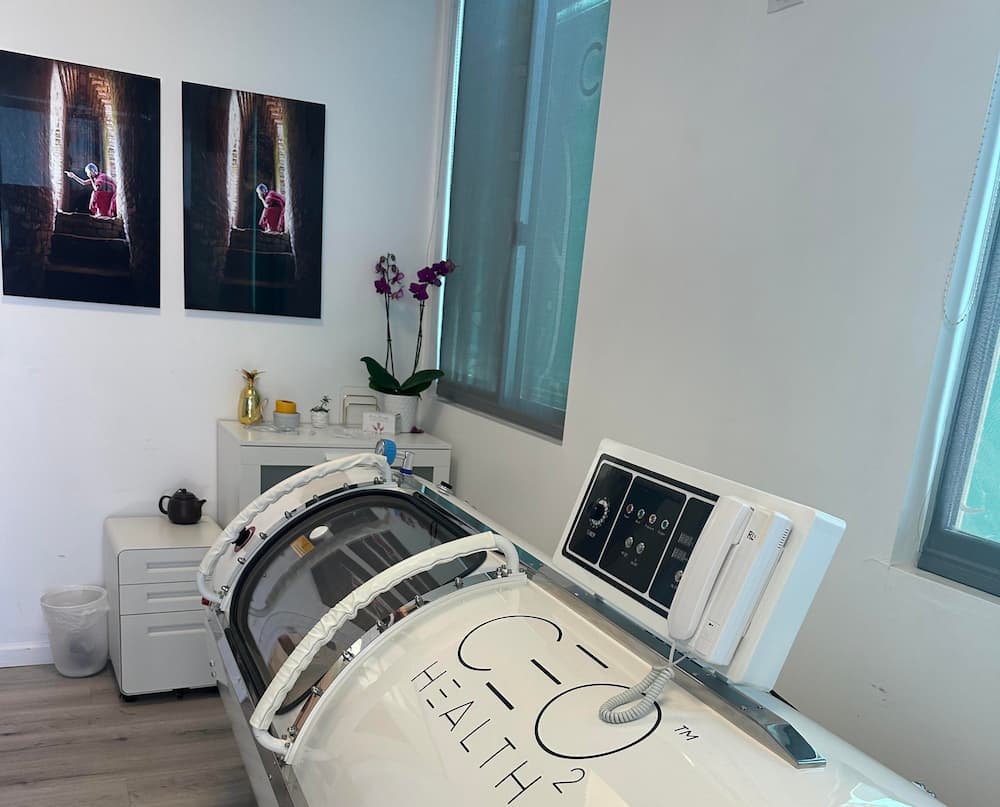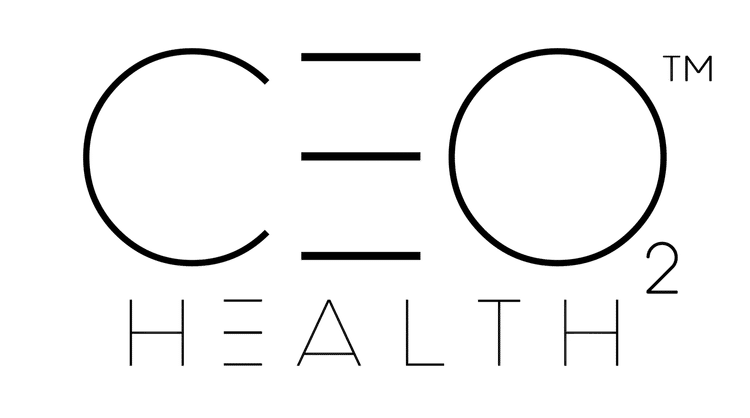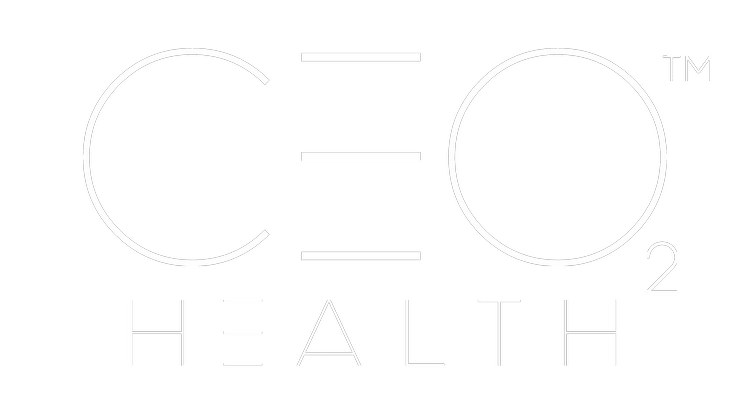
Hyperbaric Oxygen Therapy (HBOT) has long been used in various medical treatments, particularly for wound healing and tissue repair. Its role in promoting hair growth, especially in the context of hair transplant recovery, is a growing area of interest. But does HBOT truly work for stimulating hair growth? Let’s delve into the science behind this therapy and its potential benefits for both general hair growth and hair transplant recovery.
What is Hyperbaric Oxygen Therapy (HBOT)?
Hyperbaric Oxygen Therapy involves breathing 100% oxygen in a pressurized chamber. This process increases the amount of oxygen your blood can carry, which enhances oxygen delivery to tissues throughout the body. This boosted oxygenation accelerates healing, reduces inflammation, and stimulates cellular repair. Initially developed to treat decompression sickness, HBOT has since expanded its use in wound healing, chronic infections, and even cosmetic surgery recovery.Hair Growth and the Importance of Oxygen
The health of hair follicles is closely tied to the oxygen supply in the scalp. Hair follicles, like other tissues in the body, require oxygen to thrive. Poor circulation, stress, aging, or trauma can decrease oxygen levels in the scalp, weakening hair follicles and leading to hair thinning or loss. Oxygen plays a critical role in cellular metabolism, which is essential for the active growth phase of the hair cycle known as the anagen phase. During this phase, hair follicles are working hard to produce new cells, and they need a steady supply of oxygen and nutrients to do so effectively. When oxygen is limited, the follicle’s ability to produce new hair weakens, and hair may enter a resting phase (telogen) prematurely, leading to thinning and loss.How Does HBOT Impact Hair Growth?
While there is still ongoing research on the direct link between HBOT and hair growth, several mechanisms suggest it could have a positive impact:- Improved Oxygen Delivery to Hair Follicles: HBOT ensures that more oxygen is transported to tissues, including the scalp. This improved oxygenation enhances the environment for hair follicles to regenerate, promoting stronger and healthier hair growth. By boosting oxygen levels, follicles may stay in the growth phase (anagen) longer, encouraging denser hair.
- Reduction in Inflammation: Chronic inflammation can damage hair follicles, contributing to hair loss conditions such as alopecia areata or pattern baldness. HBOT’s anti-inflammatory properties can help reduce inflammation in the scalp, which may support healthier hair follicles and potentially slow or reverse hair thinning.
- Enhanced Blood Flow: HBOT can stimulate new blood vessel formation, improving circulation to the scalp. This increased blood flow ensures that follicles receive the nutrients and oxygen they need for optimal function.
- Cell Regeneration and Collagen Production: By accelerating tissue repair and increasing collagen production, HBOT supports the overall health of the scalp. Collagen is an essential component for skin and follicle health, and it can help maintain a strong base for hair growth.
HBOT and Hair Transplant Recovery
One of the more established uses of HBOT in hair restoration is its role in hair transplant recovery. Hair transplants involve moving hair follicles from a donor area to a recipient area on the scalp. After this procedure, the follicles need to re-establish a healthy blood supply to survive and grow new hair. Ensuring these follicles receive enough oxygen is critical for the success of the transplant. Here’s how HBOT aids hair transplant recovery:- Faster Healing: After a hair transplant, both the donor and recipient sites are in need of healing. HBOT can help speed up tissue recovery by promoting cell regeneration and reducing inflammation. The quicker the scalp heals, the faster the new hair follicles can take root and begin the growth process.
- Improved Graft Survival: The transplanted follicles are particularly vulnerable in the early stages. HBOT increases oxygen delivery to these new grafts, which improves their chances of survival. Ensuring the grafts receive sufficient oxygen helps them establish a new blood supply, a crucial step for long-term hair growth.
- Reduced Swelling and Infection Risk: Post-transplant swelling can delay recovery and affect graft survival. HBOT’s anti-inflammatory properties reduce swelling in the scalp, promoting faster healing and minimizing the risk of complications such as folliculitis (inflammation of the hair follicles). Moreover, the oxygen-rich environment provided by HBOT can help fight off infections, which could otherwise compromise the success of the transplant.
- Minimized Scarring: Particularly for patients undergoing strip hair transplants, scarring is a concern. HBOT can help reduce the severity of scars by promoting tissue repair and collagen production.

